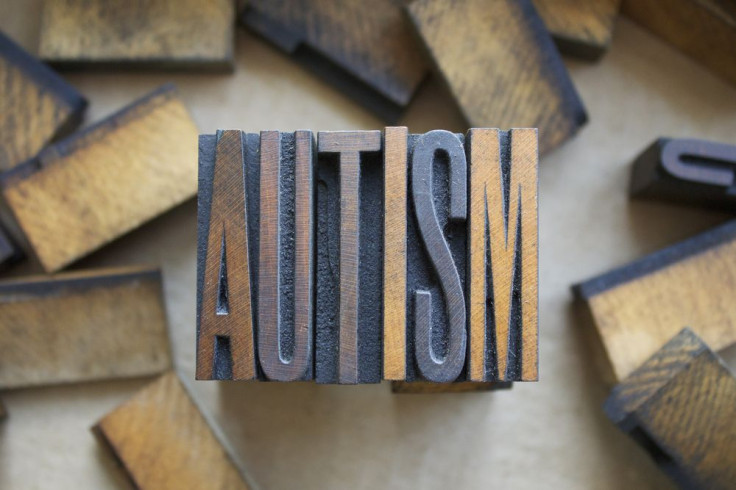
1. What Is Autism? Autism is a neuro-developmental disorder generally characterized by impaired social interaction, impaired or non-existent verbal communication and often manifests in restricted, repetitive or stereotyped behavior. According to the Diagnostic and Statistical Manual of Mental Disorders, the diagnosis of the condition must be present by the time the child is three years old: however, many children whose symptoms are less severe go undiagnosed for years, often into adulthood. Autism is one of three disorders recognized on the Autism Spectrum Disorder.
2. Autism - A Brief History. The term "Autism" was first coined by Swiss psychiatrist Eugen Bleuler in 1910 when he used the term to describe symptoms of schizophrenia. The word in it's current usage first appeared in 1938 when Hans Asperger used Bleuler's term at the Vienna University Hospital. Almost simultaneously, Leo Kanner in the US used the term for a 1943 report on 11 children with similar behavioral similarities. Kanner's diagnosis is still regarded as the most important report on the disorder.
3. Autism - The Symptoms. As a neurodevelopmental disorder, autism chiefly manifests in the behaviors of children at a young age and generally continue through adulthood. Social interaction is often difficult for autistic children as they often lack the intuition to understand social norms or communication. Autistic children often smile less, make less eye contact and have difficulty expressing themselves. About a third of autistic individuals do not develop speech and may remain non-verbal. They may also develop repetitive or restricted behavior, such as arranging objects, repetitive movement and ritualistic behavior or strict routines.
4. Autism - The Causes. The causes of autism have been one of the most debated and controversial elements of the syndrome. Many researchers believe that genetics play a significant role in the development of the disorder: siblings of those with autism are about 25 times more likely to be autistic than the general population. There has also been some speculation that environmental causes such as certain foods, diseases or pesticides may contribute to the disorder. While there was some concern that vaccines may have caused the disorder, this is generally considered to be untrue.
5. Autism - A New Epidemic? The number of autism cases diagnosed has steadily risen since the first studies in the fifties, with diagnoses in recent years taking a particularly sharp rise. Studies in the 1960s suggested that autism only affected one person in every 2,000 to 2,500, according to the Centers for Disease Control and Prevention. Current estimates suggest that presently there are five to six cases of autism in every 1,000 people, equating to roughly one in every 166 people. However, whether this is due to an actual increase in the disorder or better diagnosis techniques is unclear.
6. Is There A Cure? There is no conclusive evidence to suggest there is a cure for autism - rather, treatment involves managing symptoms and therapies which aim to lessen aberrant behavior and increase social adaptability through behavioral therapy. Some of the most often used therapies include applied behavioral analysis (ABA), developmental therapy, structured teaching, speech and language therapy, social skills therapy and occupational therapy. Medications are also often prescribed to manage symptoms ranging from stimulants to anti-depressants.
© 2025 Latin Times. All rights reserved. Do not reproduce without permission.




